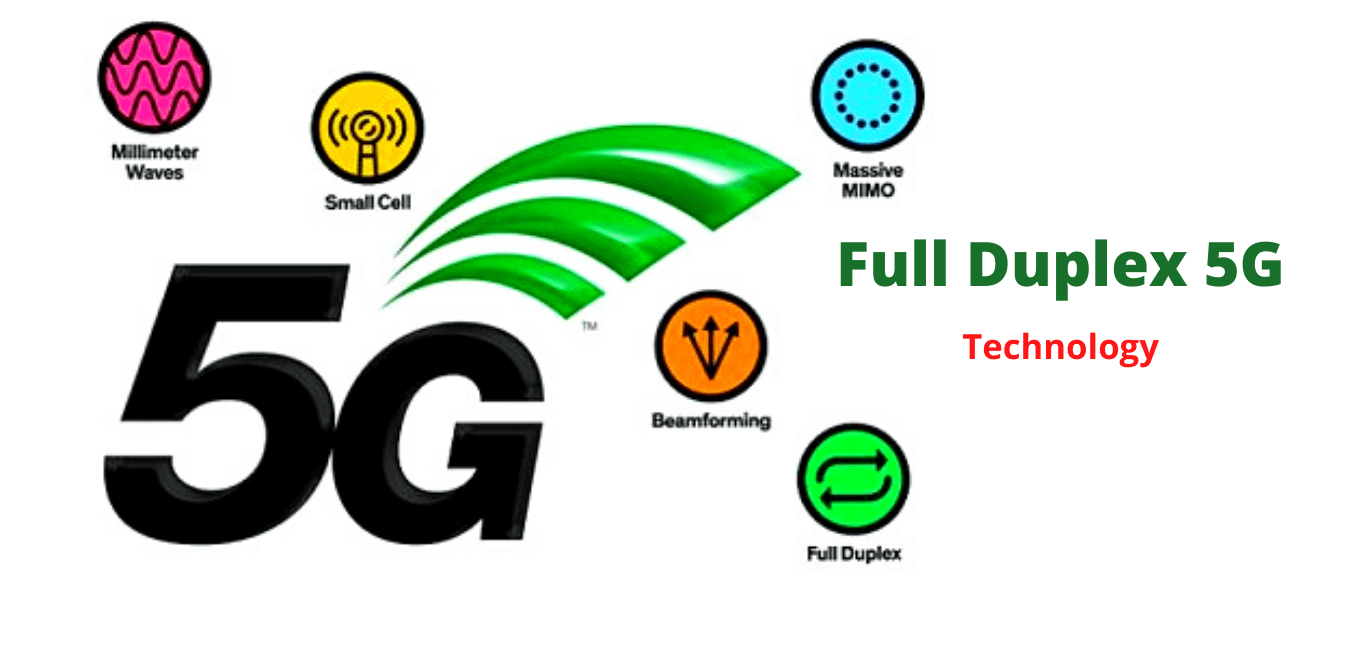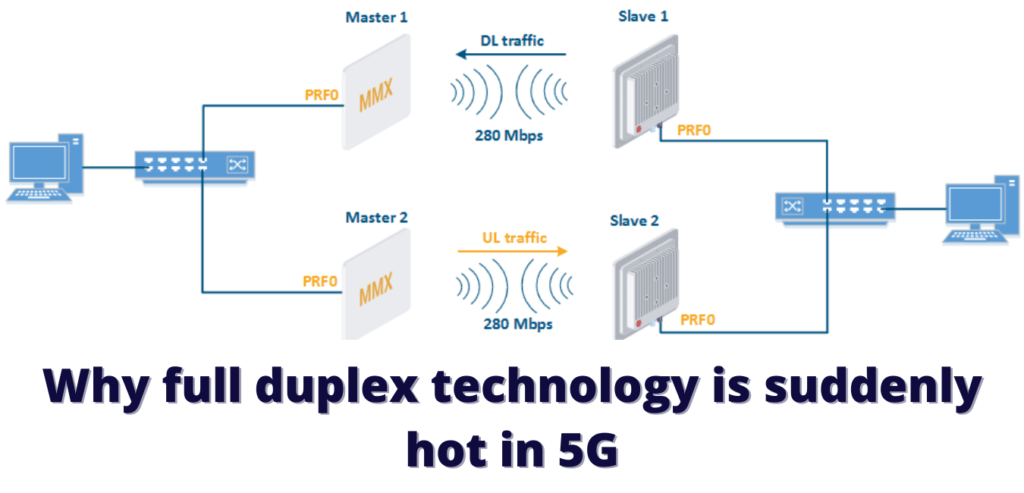5G Technology
5G Technology is the 5th generation mobile network. It is a new global wireless standard after 1G, 2G, 3G, and 4G networks. 5G enables a new kind of network that is designed to connect virtually everyone and everything together including machines, objects, and devices.
How it work
5G wireless technology is meant to deliver higher multi-Gbps peak data speeds, ultra low latency, more reliability, massive network capacity, increased availability, and a more uniform user experience to more users. Higher performance and improved efficiency empower new user experiences and connects new industries.
Deliver applications faster and improve service agility with Oracle Cloud-Native core. Build a robust and scalable Cloud-native core to support your evolution to
5G. Containers.
5G/4G/3G Applications. Reduce CAPEX and OPEX.
5G Core Innovations.
Massive MIMO
5G will use 'massive' MIMO (multiple input, multiple output) antennas that have very large numbers of antenna elements or connections to send and receive more data simultaneously. The benefit to users is that more people can simultaneously connect to the network and maintain high throughput.
[ads1]

How fast is 5G and 5G technology frequency
Frequency bands for
5G NR are being separat'd into two different frequency ranges. First there is Frequency Range 1 (FR1) that includes sub-6 GHz frequency bands, some of which are bands traditionally used by previous standards, but has been extended to cover potential new spectrum offerings from 410 MHz to 7125 MHz. The other is Frequency Range 2 (FR2) that includes frequency bands from 24.25 GHz to 52.6 GHz.
5G is design to deliver peak data rates up to 20 Gbps based on IMT-2020 requirements. Qualcomm Technologies’ flagship 5G solutions, the
Qualcomm® Snapdragon™ X65 is designed to achieve up to 10 Gbps in downlink peak data rates.
But 5G is about more than just how fast it is. In addition to higher peak data rates, 5G is designed to provide much more network capacity by expanding into new spectrum, such as mmWave.
5G can also deliver much lower latency for a more immediate response and can provide an overall more uniform user experience so that the data rates stay consistently high—even when users are moving around. And the new 5G NR mobile network is backed up by a Gigabit LTE coverage foundation, which can provide ubiquitous Gigabit-class connectivity.
is 5G Technology Harmful
There are several studies that suggest prolonged exposure to
radiofrequency electromagnetic fields could increase the risk for cells to be damaged, a possible cause of cancer.
However, the findings of these studies are not unique to 5G but also applicable to 4G, 3G, and other forms of wireless communications like the WiFI in your home.
In 2011, the World Health Organization's International Agency for Research on Cancer (IARC) published a paper indicating this risk to the public.
In November 2019, the National Toxicology Program published a study of radiofrequency radio exposure in rats found concluded that exposure to RFR caused decreased body weights of pregnant rats during gestation and lower birth weights in their offspring. However, a few weeks after birth body weights returned to normal and were similar to non-exposed rats. In general, RFR-exposed male rats lived longer than non-exposed rats.
The two studies above are neither conclusive nor deny that 5G is dangerous, but that ALL wireless communication technologies could be harmful in a higher dose.
5G is no more or less dangerous compared to previously deploy'd technologies like 4G or 3G.
Full Duplex
Full duplex technology is more than a decade old, but it's getting renewed interest from some mobile operators and infrastructure vendors because of its ability to more efficiently make use of spectrum.
At a time when operators are trying to secure more spectrum for 5G, any technology that offers a way to more efficiently use existing spectrum is worth closer inspection.
Who Invented 5G
There are several companies within the mobile ecosystem that are contributing to bringing 5G to life. Qualcomm has played a major role in inventing the many foundational technologies that drive the industry forward and make up 5G, the next wireless standard.
We are at the heart of the 3rd Generation Partnership Project (3GPP), the industry organization that defines the global specifications for 3G UMTS (including HSPA), 4G LTE, and 5G technologies.
3GPP is driving many essential inventions across all aspects of 5G design, from the air interface to the service layer. Other 3GPP 5G members range from infrastructure vendors and component/device manufacturers to mobile network operators and vertical service providers.
Full duplex and IAB
Kumu Networks, a startup that makes full duplex technology, says it can filter out interference using special cancellation technology. The company, which is backed by Verizon Ventures, Cisco Investments and others, is currently advocating that full-duplex technology be used for integrated access backhaul (IAB), which is part of the 3GPP Release 16. IAB makes it possible for operators to use their existing 5G spectrum for backhaul as well as for customer access.
Joel Brand, vice president of product management at Kumu Networks, said his company believes full duplex will be essential to IAB, particularly for 5G networks that use millimeter wave (mmWave) spectrum.
"
What makes full duplex important now is that the mmWave signal doesn't propagate very far and operators do not have access to backhaul for every mmWave cell site,"
what can 5g technology do
It is based on OFDM (Orthogonal frequency-division multiplexing), a method of modulating a digital signal across several different channels to reduce interference. 5G uses 5G NR air interface alongside OFDM principles. 5G also uses wider bandwidth technologies such as sub-6 GHz and mmWave.
Like 4G LTE, 5G OFDM operates based on the same mobile networking principles. However, the new 5G NR air interface can further enhance OFDM to deliver a much higher degree of flexibility and scalability. This could provide more 5G access to more people and things for a variety of different use cases.
It will bring wider bandwidths by expanding the usage of spectrum resources, from sub-3 GHz used in 4G to 100 GHz and beyond. 5G can operate in both lower bands (e.g., sub-6 GHz) as well as mmWave (e.g., 24 GHz and up), which will bring extreme capacity, multi-Gbps throughput, and low latency.
It is design'd to not only deliver faster, better mobile broadband services compared to 4G LTE, but can also expand into new service areas such as mission-critical communications and connecting the massive IoT. This is enable'd by many new 5G NR air interface design techniques, such as a new self-contained TDD subframe design.
[ads1]
 Why now?
Why now?
Companies that make full duplex technology say that the reason it hasn't caught on before now is because operators didn't have the same urgency when it comes to conserving their spectrum assets as they do with 5G. Plus, full duplex has finally matured to the point where there is less concern about interference.
Differences between the previous generations of mobile networks and 5G
The previous generations of mobile networks are 1G, 2G, 3G, and 4G.
First generation - 1G
1980s: 1G delivered analog voice.
Second generation - 2G
Early 1990s: 2G introduced digital voice (e.g. CDMA- Code Division Multiple Access).
Third generation - 3G
Early 2000s: 3G brought mobile data (e.g. CDMA2000).
Fourth generation - 4G LTE
2010s: 4G LTE ushered in the era of mobile broadband.
1G, 2G, 3G, and 4G all led to 5G, which is design to provide more connectivity than was ever available before.
5G is a unified, more capable air interface. It has been design with an extended capacity to enable next-generation user experiences, empower new deployment models and deliver new services.
With high speeds, superior reliability and negligible latency, 5G will expand the mobile ecosystem into new realms. 5G will impact every industry, making safer transportation, remote healthcare, precision agriculture, digitized logistics — and more — a reality
5G is a unified platform that is more capable than 4G.
While 4G LTE focus on delivering much faster mobile broadband services than 3G, 5G is design to be a unified, more capable platform that not only elevates mobile broadband experiences, but also supports new services such as mission-critical communications and the massive IoT.
It can also natively support all spectrum types (licensed, shared, unlicensed) and bands (low, mid, high), a wide range of deployment models (from traditional macro-cells to hotspots), and new ways to interconnect (such as device-to-device and multi-hop mesh).
5G Vs 4G
5G uses spectrum better than 4G.
It is also design to get the most out of every bit of spectrum across a wide array of available spectrum regulatory paradigms and bands—from low bands below 1 GHz, to mid bands from 1 GHz to 6 GHz, to high bands known as millimeter wave (mmWave).
5G is faster than 4G.
It can be significantly faster than 4G, delivering up to 20 Gigabits-per-second (Gbps) peak data rates and 100+ Megabits-per-second (Mbps) average data rates.
5G has more capacity than 4G.
Then, It is design to support a 100x increase in traffic capacity and network efficiency.
1
5G has lower latency than 4G.
It has significantly lower latency to deliver more instantaneous, real-time access: a 10x decrease in end-to-end latency down to 1ms.
5G Availability
Global operators started launching new 5G networks in early 2019. Also, all major phone manufacturers are commercializing 5G phones. And soon, even more people may be able to access 5G.
5G has been deploy'd in 60+ countries and counting. We are seeing much faster rollout and adoption compared with 4G. Consumers are very excited about the high speeds and low latencies. But 5G goes beyond these benefits by also providing the capability for mission-critical services, enhanced mobile broadband and massive IoT.
While it is hard to predict when everyone will have access to 5G.
However, we are seeing great momentum of 5G launches in its first year and we expect more countries to launch their 5G networks in 2020 and beyond.
There are several
new mobile phones available that are design to support 5G, and multiple carriers across the world support the 5G wireless network. As the 5G rollout timeline progresses, more smartphones and carrier subscriptions will become available, as 5G technology and 5G compatible devices becoming more mainstream.

 Why now?
Companies that make full duplex technology say that the reason it hasn't caught on before now is because operators didn't have the same urgency when it comes to conserving their spectrum assets as they do with 5G. Plus, full duplex has finally matured to the point where there is less concern about interference.
Why now?
Companies that make full duplex technology say that the reason it hasn't caught on before now is because operators didn't have the same urgency when it comes to conserving their spectrum assets as they do with 5G. Plus, full duplex has finally matured to the point where there is less concern about interference.
Comments
Post a Comment